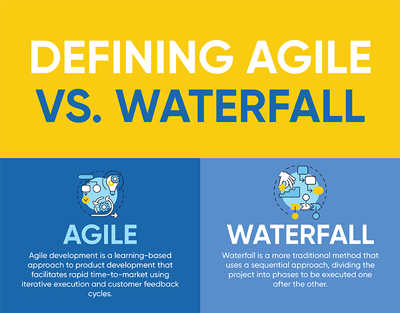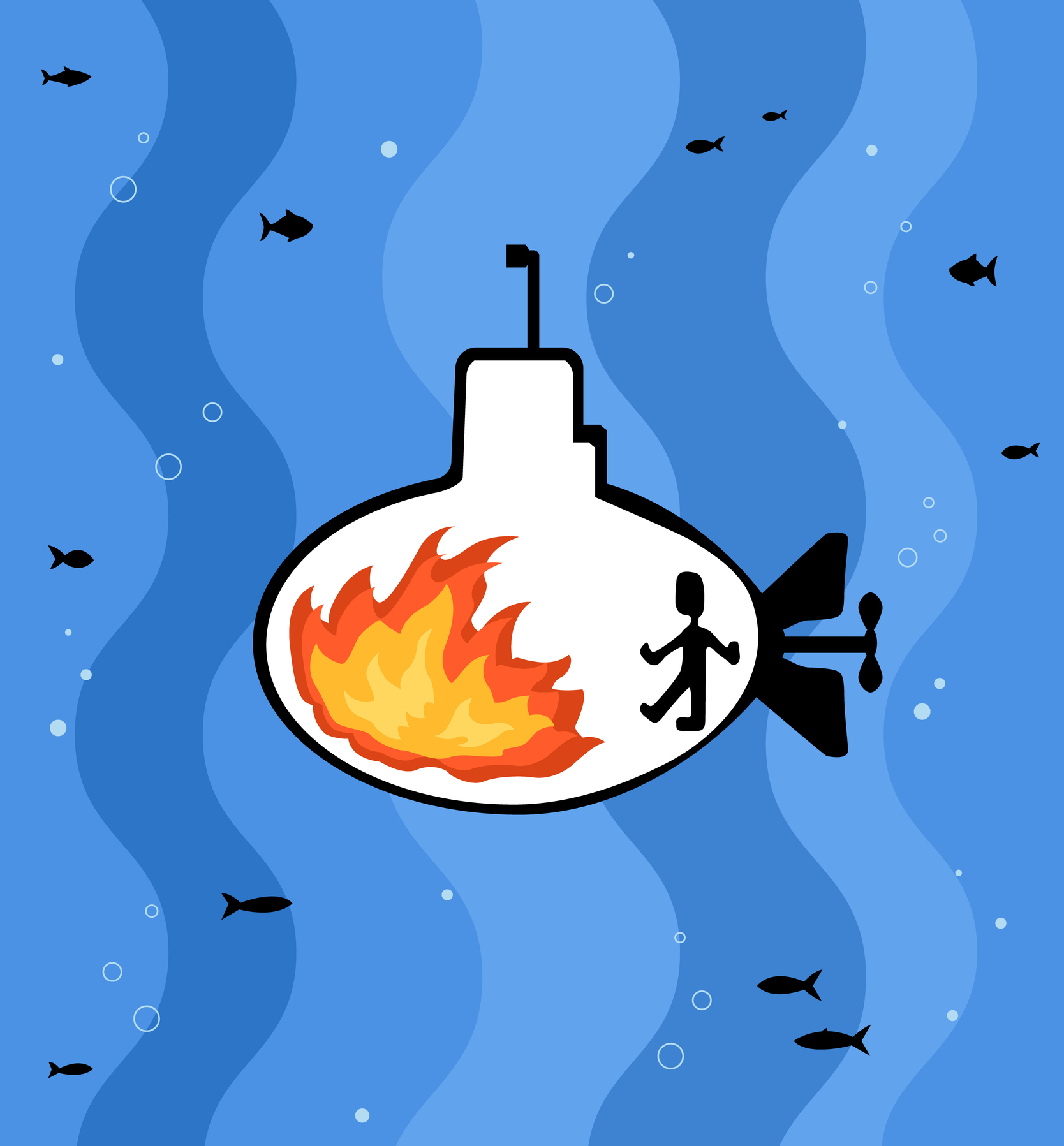by Hilari Yeatts
Share
Share

Waterfall has traditionally been seen as a reliable approach for developing manufactured products, while the software industry moved on with agile methodologies. Two decades later, the agile approach is trending in many industries including those focused on physical, hardware-based products, bringing the scope for innovation and twenty years of learning to all types of product development.

When Henry Ford envisioned the means of mass production, the world rejoiced in the industrial revolution. However, things have changed over the past decades as the market demands a diversity of offerings and personalization. While the waterfall model served well in the past, new trends such as agile product development are taking over to deliver state-of-the-art products faster with more efficient processes for adapting to change.
By Gary C. Hinkle After graduating from college, Eric’s first week on the job as an engineer presented several leadership and management challenges— but he didn’t realize at the time that’s what they were. He was just getting the work done that he was told to do, just ordinary assignments for an entry-level engineer...or so he thought.




